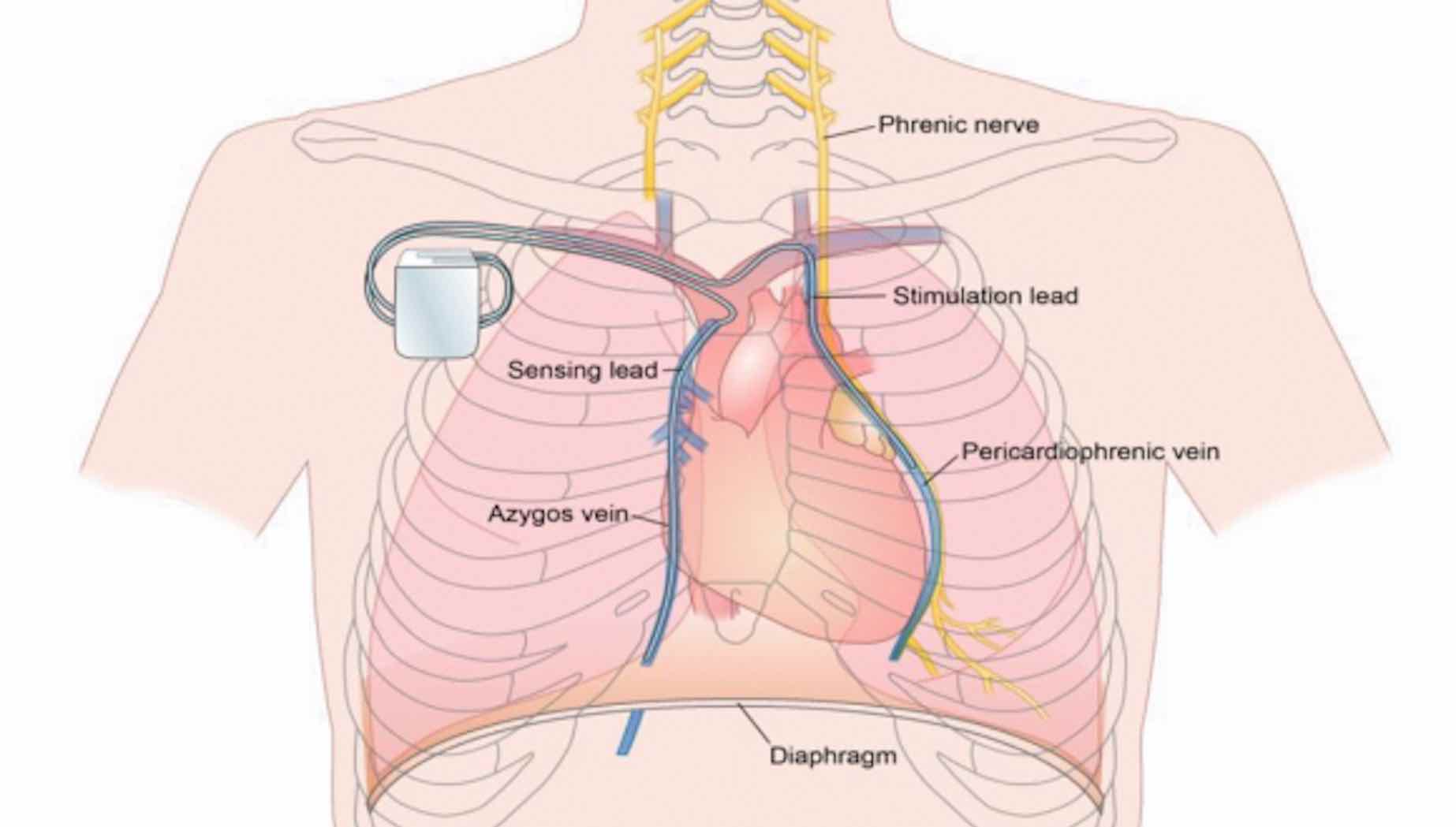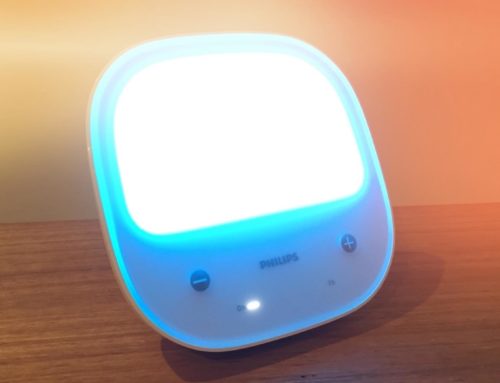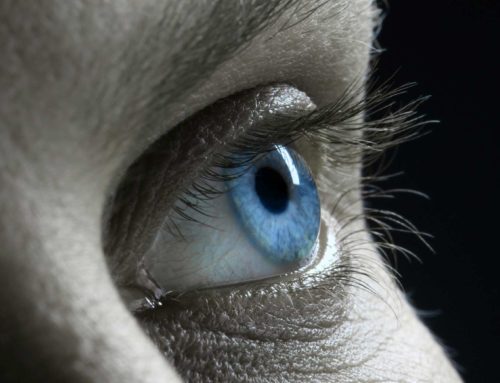Treatments for Central Sleep Apnoea (CSA) are limited – that’s why we’re excited about the potential for new treatments such as Transvenous Neurostimulation… essentially, pacing the diaphragm to help you breathe.
Obstructive Sleep Apnoea (OSA) is the upper-airway closure resulting in a drop in oxygenation (oxygen saturations).
Central Sleep Apnoea (CSA) is when there is a lack of air flow (breathing) because of reduced effort from your respiratory muscles. i.e the muscles moving your chest wall and diaphragm do not proceed as one would expect.
CSA can occur in many circumstances, including :
• Heart failure ** (the most common cause)
• Strokes
• Opioid use (methadone, morphine)
• Myotonic dystrophy
• Renal failure
• High altitude.
Whilst OSA is almost always treated with CPAP, the success in treating CSA with CPAP is limited. With the departure of ASV as an option in heart failure patients (Serve-HF trial results), the research into diaphragmatic pacing comes at an opportune time.
Costanzo et al (1) looked at those with almost all kinds of CSA (but mainly heart failure), offering them diaphragmatic pacing vs. no-pacing. At 6 months, more than half (51%) of those with pacing managed to reduce their CSA events by 50%, compared to 11% in those without pacing. There was also an improvement in the Quality of Life Scores, their sleepiness (ESS), and oxygenation.
These very promising results will hopefully one day allow us to provide an alternative treatment for those with CSA.
1. Costanzo et al. Lancet 2016; 388: 974–82 © APSS 2017
























